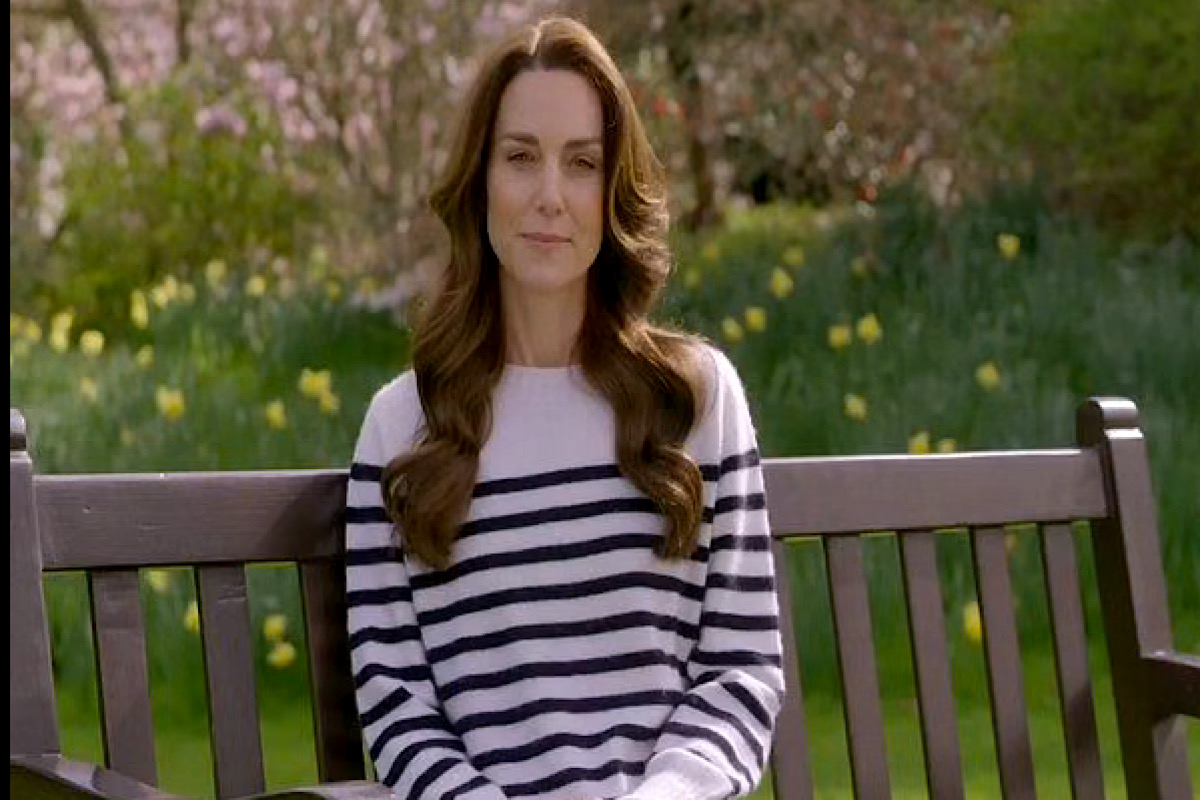In a world increasingly governed by the rapid dissemination of information through digital channels, the recent ordeal surrounding the health of the Princess of Wales, serves as a stark reminder of the perils of silence in the face of speculation. The incident, which unfolded in a frenzy of hash-tags, memes, and unfounded conjectures, underscored the need for timely and transparent communication, particularly from figures in positions of influence. As the online rumour mill churned with wild theories about the whereabouts and well-being of Princess Catherine, it became evident that the vacuum created by a lack of official updates was quickly filled with speculation and sensationalism.
The absence of clear and verifiable information only served to fuel the flames of uncertainty, leaving room for misinformation to flourish and genuine concern to escalate into a frenzy of conjecture. In today’s hyper-connected world, where social media platforms amplify even the most baseless claims with alarming speed, the adage of the British Royals to “never complain, never explain” is no longer a viable strategy for those thrust into the public eye. The reluctance of the royal family to address rumours head-on only perpetuates the cycle of speculation, undermining trust and credibility in the process. However, amidst the chaos and confusion, there emerged a glimmer of hope in the form of a candid and courageous video message from the princess herself. In this deeply personal and emotionally charged address, she chose to confront the speculation head-on, revealing her battle with a formidable adversary: cancer. It was a moment of raw vulnerability, a testament to the power of authenticity in a world often characterised by artifice and pretence. Yet, even as the truth was laid bare, the insidious tendrils of conspiracy continued to linger, casting doubt and suspicion where none should exist.

From unfounded claims of artificial intelligence-generated speeches to absurd accusations linking the illness to unrelated events, the resilience of misinformation in the face of truth is a sobering reminder of the challenges inherent in combating falsehoods in the digital age. In the aftermath of this tumultuous episode, it is imperative that we reflect on the lessons learned and take proactive steps to prevent similar crises in the future. Clear and timely communication, coupled with a commitment to transparency and authenticity, must be the guiding principles for those entrusted with the responsibility of shaping public discourse. Ultimately, the burden of accountability lies not only with the royal family but also with each and every one of us who consume and propagate information in the digital realm. By exercising discernment and critical thinking, we can collectively combat the spread of misinformation and ensure that truth triumphs over fiction in the on-going battle for the integrity of public discourse.












